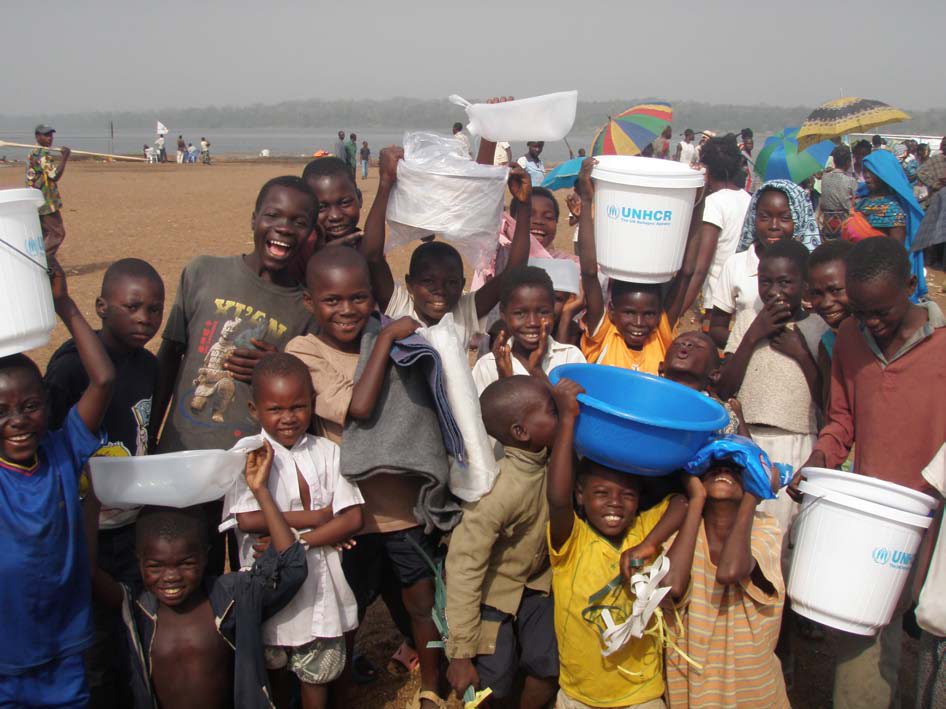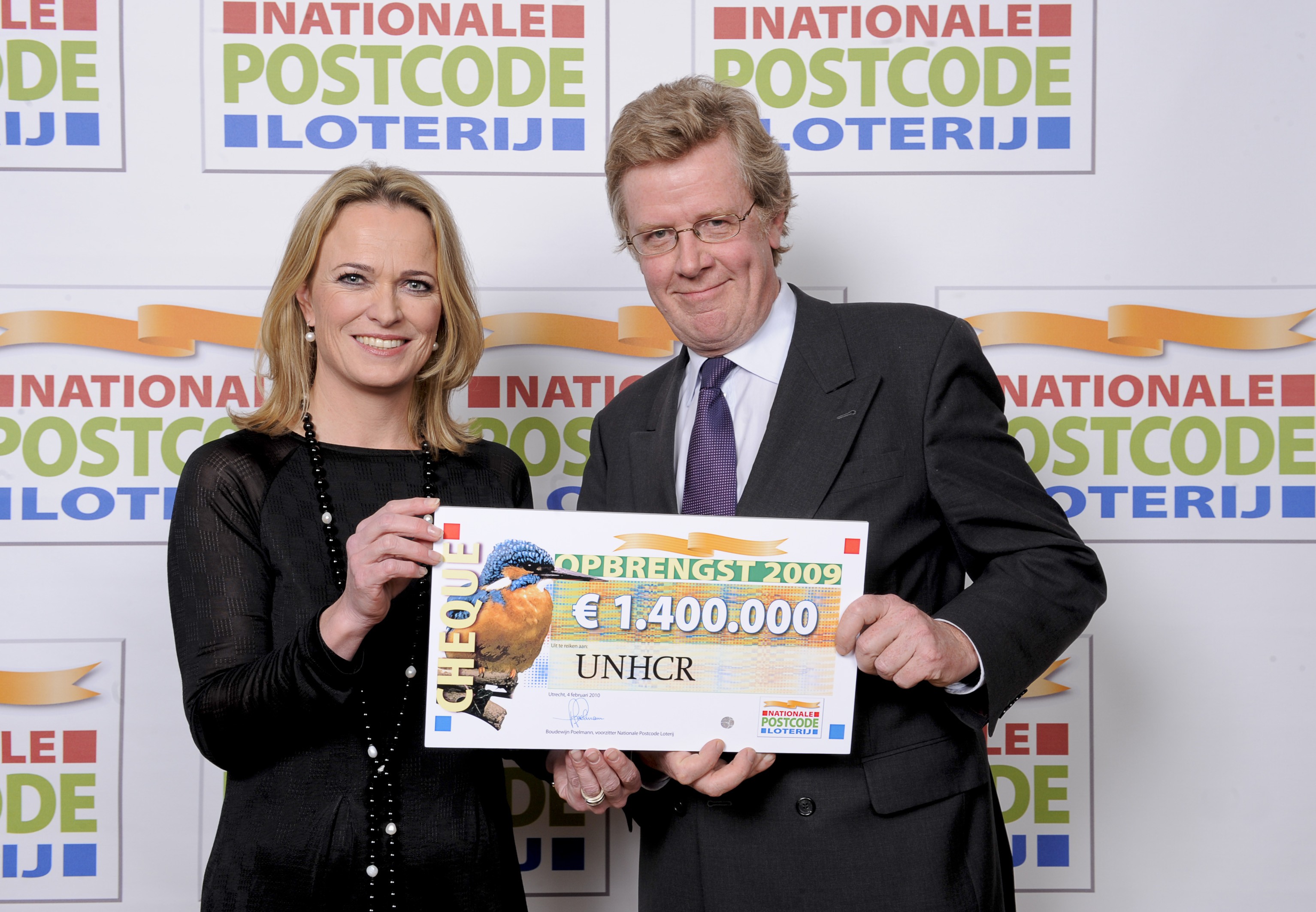UNHCR hopes to close Somali refugee camp at Hartisheik by year-end
UNHCR hopes to close Somali refugee camp at Hartisheik by year-end

HARTISHEIK, Ethiopia, Oct 23 (UNHCR) - A convoy of 205 Somalis set out for north-western Somalia today under a voluntary repatriation programme the UN refugee agency hopes to complete by year-end, bringing to a close one of world's most tragic refugee cases.
Following the collapse of the Siad Barre government in Somalia in 1988 in the face of a separatist rebellion, some 600,000 Somalis swept in appalling conditions into Hartisheik in a semi-arid region. Many died of exhaustion, hunger and lack of water. Relief workers at that time said the Somalis were dying like flies upon reaching Ethiopia.
The UN refugee agency mobilized emergency assistance in the inhospitable region and soon managed to put order in Hartisheik, setting up camps, digging wells and offering medical services.
The influx of refugees continued through the early 1990s, when clan wars led to anarchy in the country and the total collapse of the government in Mogadishu.
Today's convoy headed for Burao and Berbera, north-east of the capital, Hargeisa, where local authorities are attempting to lay out the welcome mat, but are hobbled by lack of resources.
Many of the remaining Somalis in Hartisheik have turned in their ration cards in exchange for a repatriation grant of 320 Birr ($40) and food supplies in readiness for their return home.
At its peak, Hartisheik was a bustling camp with a busy market where people could find almost anything they needed: imported clothes, jogging shoes, radios and televisions, auto spare parts and the ubiquitous khat - a stimulant from the Catha Edulis plant that grows abundantly in the nearby fields.
Most of the goods in the market were smuggled into Hartisheik, primarily from the Somali ports of Berbera and Bossaso. They were bought by bargain hunters on either side of the Ethiopia-Somalia border. Buyers from the Ethiopian side came as far away as the capital, Addis Ababa, a day-long trip overland.
One of the major problems in Hartisheik and its adjacent camps has been a lack of water. Water supplies that were brought in by tankers several kilometres away did not adequately meet the needs of refugees. The semi-desert region does not have any groundwater supplies - in the rainy season the porous soil sucks up all the rain water, and during hot and dry months the sun bakes the earth until it cracks.
Over the years, UNHCR has organised repatriation of hundreds of thousands of refugees from Hartisheik and other camps in Ethiopia to Somalia. Many other Somali refugees have also returned home on their own.
Hartisheik, which once held the record of being the largest refugee camp in the world, is now nothing more than small clusters of rugged huts close to the Ethiopian border.
Apart from the 1,700 refugees who wish to return to Hargeisa, some 600 refugees who may be from southern parts of Somalia that are not yet safe for return will be interviewed in November before being transferred to other sites in Ethiopia.








